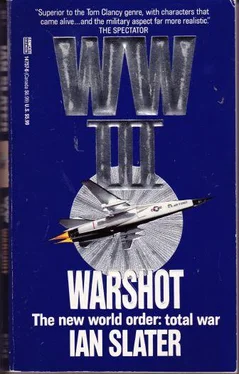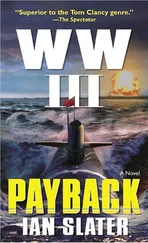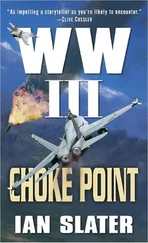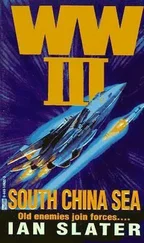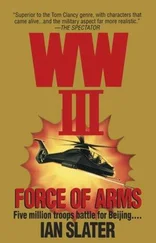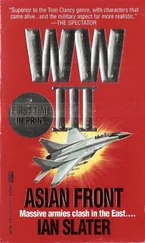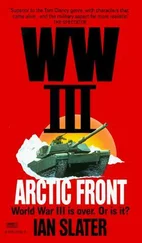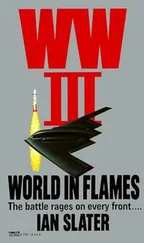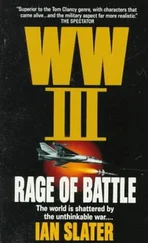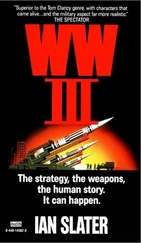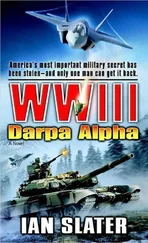CINCPAC–Commander in Chief Pacific — Admiral Leahy responded in Top Secret “immediate” cable that this wasn’t possible. The admiral had nothing against brothers serving in the same theater — the services were replete with such cases — but Robert Brentwood, captain of the Reagan’s blue crew, was now back at sea on a seventy-day war patrol around the southern Kuril Islands north of Japan, guarding the vital entrances to the Sea of Okhotsk, and so would not be back in Pearl for the gold crew changeover for another fourteen days. Furthermore, because of the “strain on TACAMO aircraft” following the sabotage of the sub communication aerial in Wisconsin, Admiral Leahy said it might not be possible for the TACAMO aircraft assigned the USS Reagan to contact the sub for several days.
“All right, Dick,” Freeman had told Norton. “Now we’ve requested, I’ll pull rank. I’m ordering it as Commander in Chief Far East. I want Robert Brentwood because that submariner performed magnificently in Baikal before these jokers pulled a cease-fire on me. So did young David Brentwood. That’s why I put them on my list. They’re men I’ve worked with before, and when you’re in a corner—”
“Pearl also points out that he’s too old, General,” interrupted Norton. “Robert Brentwood, I mean. At forty-four, he’s pushing it even for a sub captain, let alone the SEALs. They usually limit entry to SEAL Special Ops to twenty-seven-year-olds.”
“God damn it, Dick! You know the age of the oldest Tornado pilot in the Iraqi War?” Before Norton could give him an answer, Freeman charged on. “A Tornado pilot, Dick. Those boys went in on the deck. Needed goddamn windscreen wipers to keep the sand off their cockpits. Most dangerous air missions of all. Fifty-nine. That’s how old he was, Dick. Fifty-nine. A fifty-nine-year-old Brit. A grand-daddy, and some pen pusher in Pearl’s telling me forty-four’s over the hill?”
“Not exactly, sir but — well, you have to admit, for what you have in mind it’s going to be pretty rigorous.”
“Life’s rigorous, Dick,” said Freeman, turning to the wall map. “And I need someone I can personally trust and know on this one.” Taking up the Day-Glo pen, he circled Nizhneangarsk terminus. “Now Nizhneangarsk’s mine.” Next he moved the marker south to the Siberian-Chinese border area around A-7. “The SAS/Delta boys’ll have to take care of this one, number two. But,” he turned back to Dick Norton, “no way we can break through south of Baikal and stop Cheng unless Robert Brentwood does his job. And it has to be done before the full moon. So you tell CINCPAC I want Robert Brentwood out of that pig boat if he has to put every goddamn TACAMO onto the Reagan, and I want him in Pearl within forty-eight hours for a week’s refresher course. Send them the details — Most Secret, need-to-know basis only.”
“Yes, General. But they will have to know the specific target sooner or later.”
“Later. Not over the air — coded or otherwise. When he gets here.”
“Yes, sir.”
* * *
Robert Brentwood was passing through the USS Reagan’s “Blood Alley,” the redded-out narrow corridor between the banks of the Sea Wolfs missile fire-control computers, into the ethereal blue of the sonar room, where he had just been handed the millisecond “burst” transmission received via the long, trailing, low-frequency aerial. He preferred using the quick pop-up, high-frequency mast to receive transmits — the time needed to reel in the longer VLF could be the margin between life and death in the tight turning war of the Hunter/Killers. Besides, with sound passing through water at four times the speed it moved through air, the “reel-in” now under way could be heard miles away, despite the fact that the hydrophones’ spools were heavily insulated to prevent noise shorts from alerting the enemy. But after the catastrophic breakdown of the computer-phone networks in the States, the VLF had been his only bet of picking up the TACAMO aircraft.
Robert Brentwood was tense, but it was more the content of the burst message man the reel-in that made him so, and only Hale, his executive officer, could sense it. The message had been brief and to the point — pickup for transport to Pearl to be made by a carrier-borne chopper at 0400 the next morning.
“Don’t they realize we’ll be violating the first rule of a war patrol?” said Brentwood, handing back the decoded message to Hale.
“Must be important then,” said the XO, by way of making his skipper feel better about having to surface. “Besides, we have air superiority.”
“It’s not enemy air that I’m concerned about. It’s those Alfas. They can pick us up breaking surface a hundred miles away through the sound channel.” Brentwood turned around to the officer of the deck, Merrick. “What’s state of sea topside?”
“Beaufort scale — eight. Gale force,” said the OOD. “Should be enough turbulence to cover our bust-through noise. Might have to be a wet pickup for you, though, Captain.”
“Well, better me wet than you guys.”
“Have to agree with you there, sir,” responded Merrick easily.
“Any idea what they want you for?” asked Hale.
“No, but it’s from CINC-Far East, so I figure Freeman’s behind it.”
“Maybe more subs in Lake Baikal?” proffered Merrick.
“Possibly. I hope not. Too darn cold.”
* * *
The pickup by a navy Sea King helo, and the transfer to Pearl via one of Salt Lake City’s Mach 2.3 F-14 Tomcats, went much more smoothly than Robert Brentwood had anticipated. Apart from being told he was to be taken to the BUD school at Pearl Harbor, Brentwood was still in the dark about the operation, and on his arrival in Pearl he discovered that not even Chief Petty Officer Brady, the “Bullfrog,” the chief and most senior instructor at the Navy Special Warfare Group, knew much more than he and the six enlisted men who, besides the Bullfrog, would make up the SEAL team requested by Freeman.
“Well,” said the Bullfrog happily, “one thing we all know, gentlemen. BUD doesn’t stand for Budweiser.”
“Thought it did!” said one of the enlisted seven.
Basic underwater demolition training was essential for the SEALs, and was one of the prerequisites for wearing the coveted badge, a trident grasped in the eagle’s right talon, a flintlock pistol held in the other, the anchor between them.
“Beach clearance?” posited one of the men.
“Come on, chiefie!” pressed another of the SEALs, such informality allowed nowhere else in the navy except in the tightly knit band of elite UD teams.
“Honest to God, Reilly,” replied the chief. “I haven’t been told the specific area. None of us’ll know till week’s end. Freeman’s orders. Till then we’ll be doing a rerun of motivation week in Pearl.” He had everyone’s undivided attention. “Motivation week” was the sanitized naval version of what used to be called “hell” week. It meant a week of CDU — combat demolition unit — training, a week of deliberate sleep deprivation to slow your responses and wear you down, weed out the weak ones — if there were any. Drop-out rate was fifty-one percent.
Part of the treatment involved flying the men over to the outer island of Kauai, to the muddy taro fields around the Wailua River where the men would have to avoid detection by a squad of instructors, one of the methods being to stick a reed in their mouths while lying submerged in the mud, waiting for the searchers to pass by. Problem was, every now and then a leech draped itself over the straw and the air was cut off. In the past, some men came up purple-faced, gasping wildly for air, only to attract the attention of the instructors, thereby failing that part of the course.
Читать дальше
